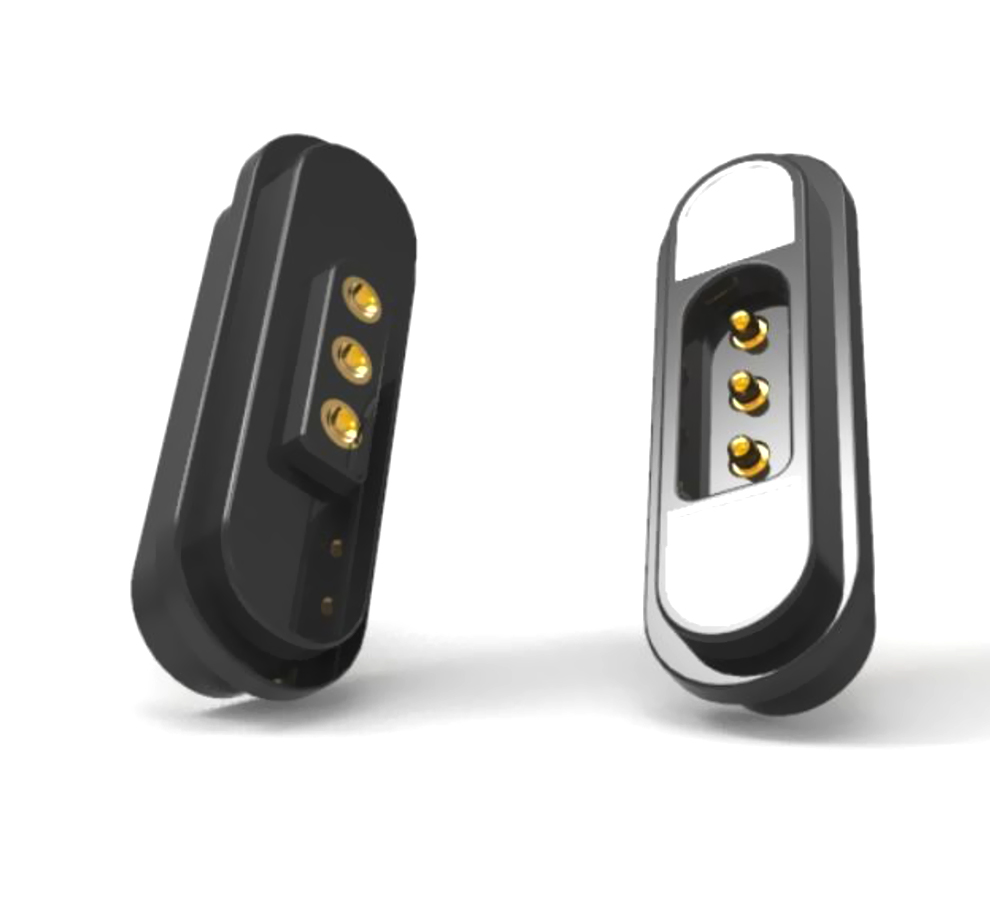Time:2025-07-03 Views:1 source:News

Ground resistance testing is critical for ensuring the safety and functionality of electrical systems, as a reliable ground connection protects against electrical faults, lightning strikes, and electrostatic discharge. The measurement of ground resistance typically uses the fall-of-potential method, which involves three probes: a current probe (C), a potential probe (P), and the ground electrode (G) being tested. The distance between these probes is essential for obtaining accurate results.
Key Distance Considerations:
Separation Between G and C: The current probe is driven into the ground at a distance far enough from the ground electrode to ensure that the current field generated by G has fully dissipated. For a single rod electrode, this distance is often recommended to be 20–50 meters, depending on soil resistivity and electrode depth. In practice, the distance should be at least 2–3 times the length of the ground electrode (e.g., if G is a 10-meter deep rod, C should be 20–30 meters away).
Positioning of P: The potential probe is placed between G and C, and its optimal location is where the voltage gradient is linear, typically at 50–60% of the distance between G and C. For example, if G and C are 30 meters apart, P should be placed 15–18 meters from G. This position minimizes errors caused by the overlap of the electric fields from G and C.
Avoiding Soil Heterogeneity: Probes should be positioned in soil with uniform resistivity. If the soil has layers of varying conductivity, the probe distances may need adjustment, or alternative methods (e.g., the Wenner four-probe method for shallow measurements) may be used.
Practical Challenges and Solutions:
Limited Space: In urban areas, where large distances are impractical, the slope method can be used, where P is moved in incremental steps (e.g., 10% of the G-C distance) to plot a resistance-distance curve and identify the stable measurement point.
Multi-Electrode Systems: For complex grounding networks (e.g., grid systems), the distance requirements increase, often requiring modeling software to simulate the current field distribution.
Testing Frequency: At high frequencies (e.g., in lightning protection systems), the skin effect alters current distribution, necessitating shorter probe distances and specialized testing techniques.
Adhering to these distance requirements ensures that ground resistance measurements reflect the true performance of the grounding system, enabling engineers to design effective earthing solutions and comply with safety standards (e.g., IEEE Std 80, IEC 62305). Regular recalibration of probes and consideration of environmental factors (e.g., soil moisture, temperature) are also critical for maintaining measurement accuracy over time.
Read recommendations:
Magnetic PogoPin custom manufacturer